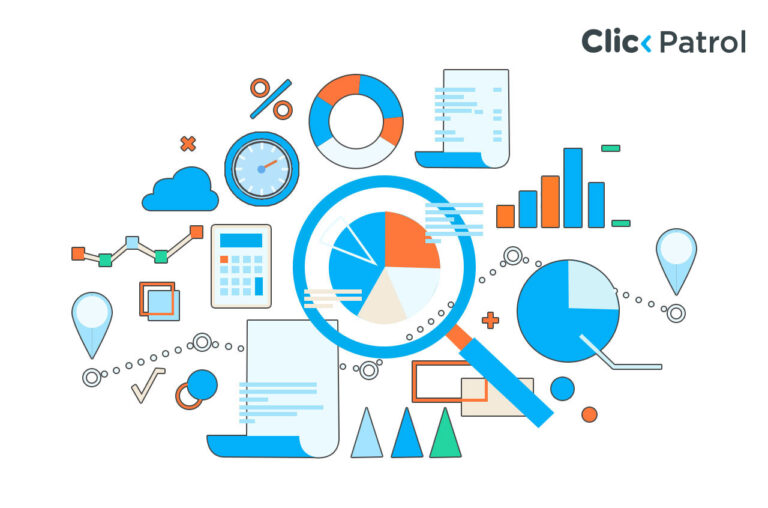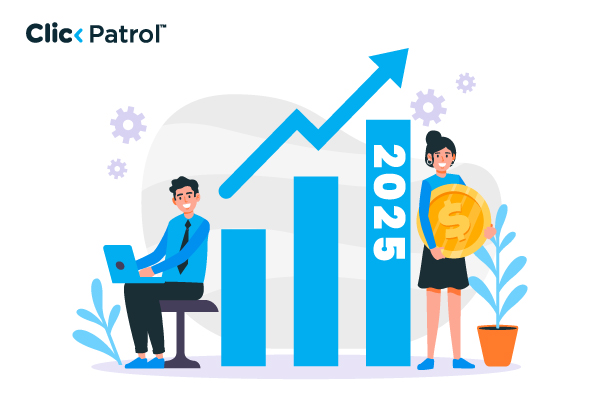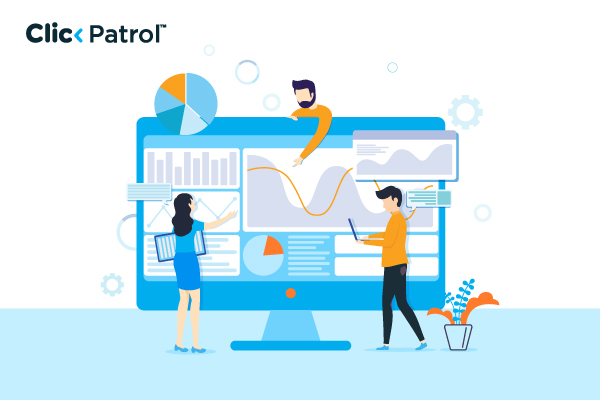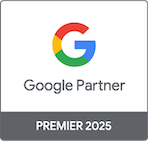Generally, no. It can compromise your site’s integrity, skew analytics, and result in platform suspensions.
Buy bot traffic: Why it’s a bad idea and how to spot it
Abisola Tanzako | Jul 23, 2025
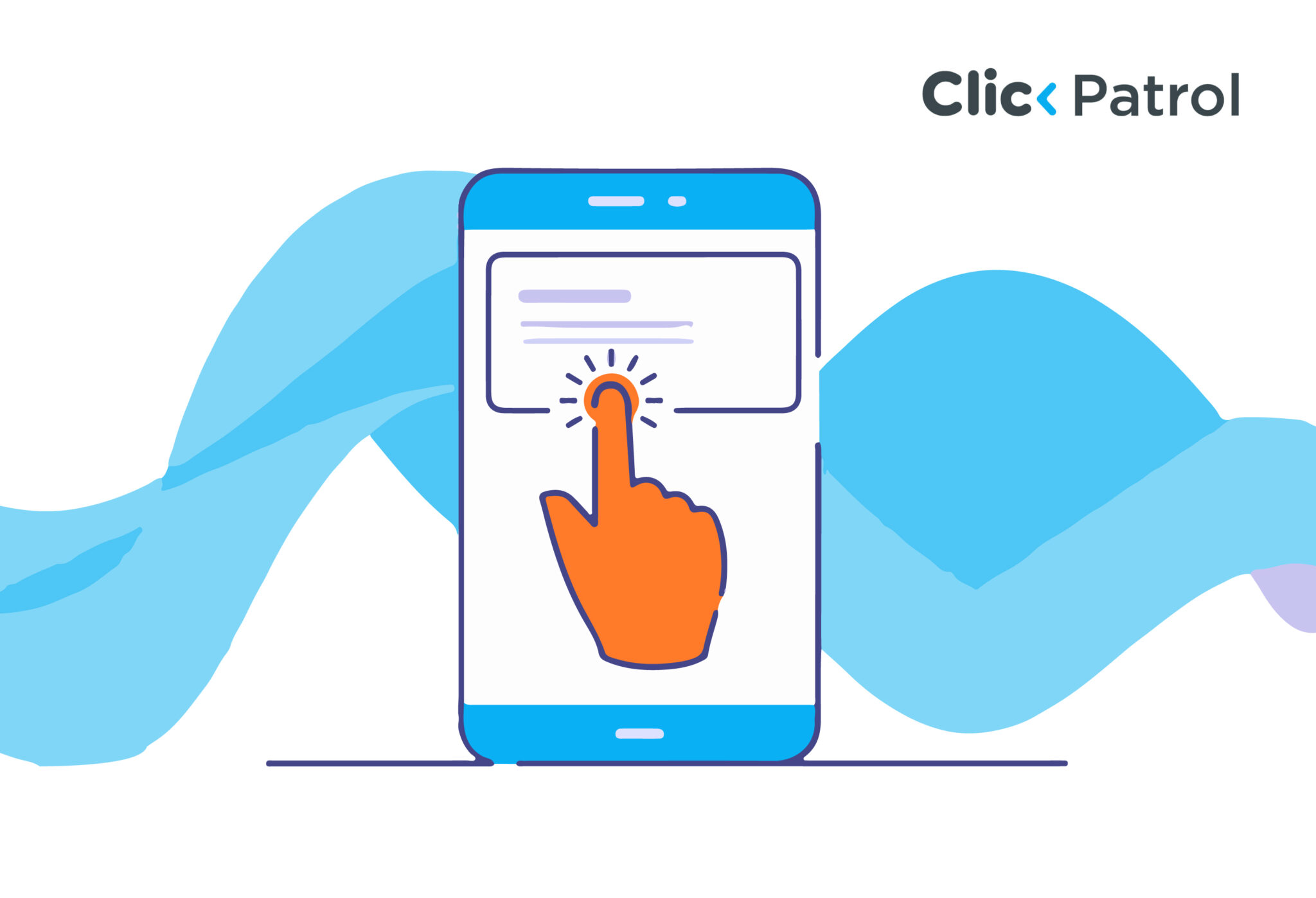
Table of Contents
- What is bot traffic, and how is it bought?
- Why marketers buy bot traffic (and why they shouldn’t)
- How does buying bot traffic work?
- Risks of buying bot traffic
- Is buying bot traffic legal?
- How bot traffic affects SEO
- How to detect bot traffic on your website
- Best use cases for bot traffic
- Safe and effective alternatives to buy bot traffic
- Case study: Outvestor gear and the spam bot trap
- Avoid the shortcut, choose real traffic
Fake bot traffic is responsible for up to $42 billion in digital ad fraud annually.
If you operate a website, you have likely been approached with offers of traffic for sale, including discounted deals with thousands of visitors in a single night.
It may seem like a magic bullet to accelerate site numbers, wow advertisers, or increase popularity.
However, while these quick fixes may temporarily boost traffic numbers, they often have disastrous consequences.
Bot traffic is non-human, automated traffic generated by software or scripts.
According to Imperva’s 2024 report, bots accounted for 49.6% of all internet traffic, with 32% of this traffic being malicious in nature.
This article explains what bot traffic is, how to buy bot traffic, why it’s used, and the serious consequences it carries.
What is bot traffic, and how is it bought?
Bot traffic refers to non-human website traffic generated by automated scripts or programs, commonly known as bots.
These bots are designed to serve various purposes, some of which may be beneficial and others may not.
Types of bot traffic:
- Good bots: Some of them are valid crawlers, such as Googlebot, which indexes websites in search results, and uptime monitoring bots that track server uptime or downtime.
- Bad bots are designed for malicious or fraudulent purposes. They may generate fake website visits, perform fake clicks, scrape data, or manipulate traffic figures artificially to mislead advertisers or analytics systems.
Why marketers buy bot traffic (and why they shouldn’t)
There are several reasons why one might buy bot traffic.
Some are questionable (strategic), and some are pure fraud.
1. To inflate website metrics, businesses or influencers might want to inflate traffic numbers artificially:
- Impress advertisers or investors
- Enhance Alexa rankings
- Conjure up a fake illusion of popularity
2. For fake clicks and Ad revenue manipulation, Certain unethical publishers employ bots to generate revenue through click-throughs on ads, often resulting in ad network suspensions.
3. To boost SEO signals (Falsely): Others believe more traffic translates into more entries in search engine listings, even though Google’s algorithm can identify unnatural behavior.
4. Marketers buy bot traffic for simulating server load or app behavior: Real developers can impose realistic-world stress on their systems with automated traffic bots.
How does buying bot traffic work?
They include:
1. Traffic bot providers: Many internet services offer “10,000 website visitors for $10” or thereabouts deals. Such bots are designed to:
- Visit specific URLs
- Appear like multiple users or devices
- Use rotating proxies to avoid being detected
2. Traffic exchange platforms: Some networks offer traffic trading platforms whereby bots simulate user visits in exchange for your site making visits elsewhere.
3. Residential proxy networks and VPNs: Advanced services utilize residential IPs to simulate bot traffic that appears human-like, thereby fooling most basic analytics platforms.
Risks of buying bot traffic
While buying bot traffic can increase figures in the short term, longer-term consequences are usually larger than profits.
1. Violates terms of service: Google Ads, Facebook Ads, and Google Analytics all have terms of service prohibiting the manipulation of bot traffic. You could be banned or penalized.
2. Skews analytics: Bot traffic corrupts your Google Analytics, so you can no longer monitor:
- Actual conversion rates
- Bounce rates
- Engagement metrics
3. AdSense and monetization risks: Bot traffic is identifiable as spam traffic to Google AdSense and other ad networks, leading to:
- Account suspension
- Backcharges on revenue
- Permanent bans
4. Destroys your brand reputation: Business partners or sponsors who discover that your traffic is not genuine can damage your credibility and trust.
5. Attracts cyber threats: Bot traffic can lead to:
- DDoS attacks
- Spam
- Credential stuffing
Is buying bot traffic legal?
- Legal gray area: Buying bot traffic is not against the law in most jurisdictions; however, it consistently violates the terms of service of platforms such as Google Ads, Meta, and analytics businesses. It becomes illegal when it involves click fraud, bidding on fake traffic statistics to deceive investors, illegitimate data scraping, or identity impersonation.
- Ethical issues: Although not against the law, buying bot traffic is generally considered unethical. It is misleading to users, advertisers, and stakeholders by presenting artificially inflated engagement. Such a deceptive practice undermines trust, distorts performance measurement, and lacks transparency, which is contrary to good digital marketing practices.
How bot traffic affects SEO
Buying bot traffic can hurt your site’s search engine optimization:
- Poor-quality content, as indicated by high bounce rates and short session durations from bots, signals to search engines that something is amiss.
- Google’s algorithms are designed to catch and punish manipulated or artificial engagement.
- Bot traffic does not generate backlinks, which is a key SEO ranking signal.
- Nor does it drive social shares, comments, or real user engagement.
- Since bots never perform searches, it skews analytics and is harder to measure actual performance.
- Ultimately, bot traffic can lead to lower rankings and lost user and platform trust.
How to detect bot traffic on your website
The following are clear signs your website is receiving bot traffic:
- Sudden spikes in traffic without running any marketing campaigns
- Low session time (0–3 seconds)
- Traffic is coming from mostly one or two countries
- High bounce rates
- No interaction (no scrolls, no clicks)
- Unusual user agents or IP addresses
To detect and stop bot traffic, use tools like:
- Google Analytics (GA4) with bot filters
- Cloudflare Bot Management
- SEMrush or Ahrefs for traffic quality analysis
- ClickPatrol
Best use cases for bot traffic
If you are still competing with bot traffic, keep it to good uses only, like:
- Server load testing: Test your website’s performance with thousands of simultaneous visits before you go live
- AI or UX testing: Bots can simulate user behavior during AI training or test user flows in web applications
- Competitor research: Scrape data from competitor sites using bots, but ensure it’s legal; otherwise, you will be violating scraping policies.
Note: Never forward bot traffic to monetised or index pages. Utilize a test subdomain or a staging environment.
Safe and effective alternatives to buy bot traffic
Here’s how to drive converting and scalable website traffic for your brand when you buy bot traffic:
- Search engine optimization (SEO): Optimize your pages with fast, mobile-friendly, and relevant keywords.
- Content marketing: Create quality blog posts, videos, or infographics that get your target audience organically.
- Social media marketing: Utilize Facebook, Instagram, LinkedIn, and TikTok to engage with users and direct them to your site.
- Email campaigns: Nurture with specialized email marketing campaigns that bring return visitors.
- Paid advertising: Utilize Google Ads, Facebook Ads, or native platforms like Taboola and Outbrain to build targeted traffic.
Case study: Outvestor gear and the spam bot trap
Small internet business Outvestor Gear received a sudden surge of visitors to its site and was preparing costly upgrades, but its traffic was actually from spam bots, not real visitors.
Relying on such false information could have led to the business’s demise.
Due to the timely identification of the issue, the owner set up a delay policy, monitored subsequent traffic spikes using analytical tools, and examined user behavior more closely.
Six months later, a tangible traffic boost was achieved, and he successfully expanded operations.
The case serves as a cautionary example of the risks associated with relying on unverified traffic information and the importance of verifying traffic quality before making an investment.
Avoid the shortcut, choose real traffic
While buying bot traffic seems like a convenient shortcut to boosting site counts, the negatives far outweigh any short-term benefits.
It can damage your SEO, distort analytics, violate ad network terms, and harm your brand’s reputation.
Platforms and search engines are more innovative than ever, even catching and punishing spurious engagement.
Instead of focusing on artificial growth, highlight sustainable and ethical strategies such as SEO, content marketing, and social media engagement.
Genuine traffic brings genuine results, conversions, loyalty, and trust.
Avoid costly mistakes by using verified ad platforms and regularly monitoring your traffic sources.
Frequently Asked Questions
-
s it safe to buy bot traffic?
-
Does bot traffic raise my SEO rankings?
No. Google focuses on user behavior and content quality. Bot traffic can lower your rankings.
-
Can I get banned from Google AdSense for bot traffic?
Yes. Google vigorously enforces its policy on invalid traffic and gets accounts banned for fake clicks or views.
-
Is there a legitimate application of bot traffic?
Yes, only in test environments or research purposes, not to inflate front-end numbers.

